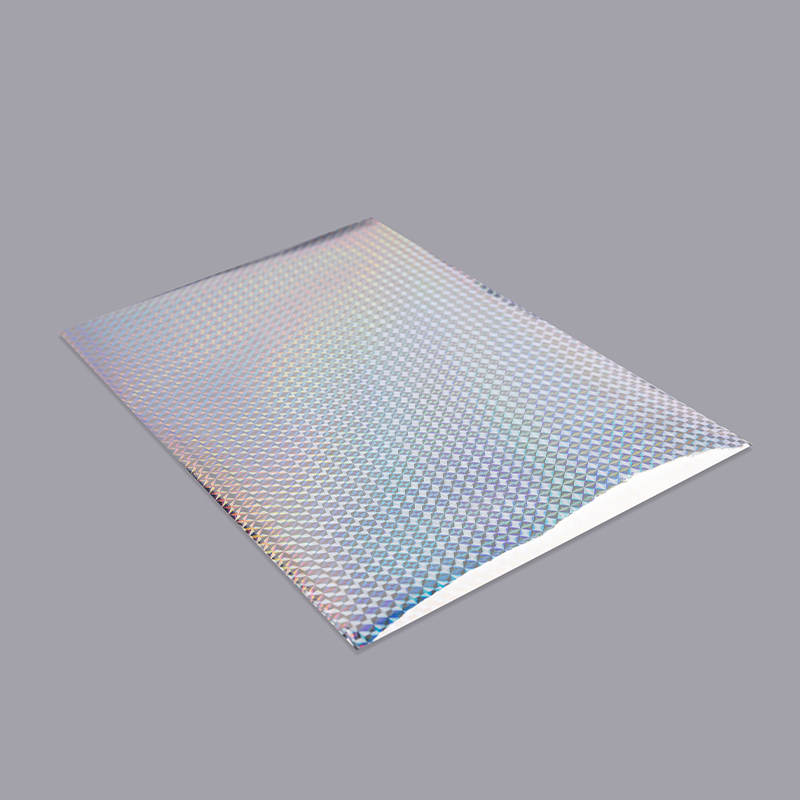During the recording process, the holographic film uses laser light to record the light wave information of the object in the form of interference fringes. These interference fringes not only contain the amplitude information of the object (i.e., the brightness or darkness of the light), but also contain the phase information of the object (i.e., the wave state of the light). Phase information is particularly critical because it describes the fluctuations of light waves in space and is necessary to reproduce the three-dimensional shape of an object.
When illuminated by an appropriate reproduced light source, the interference fringes on the holographic film will diffract and reconstruct the object's light waves. Since the interference fringes contain the phase information of the object, the reproduced light waves can accurately restore the three-dimensional shape and details of the object.

Therefore, the holographic film completely stores the three-dimensional information of the object in the form of interference fringes and reproduces it through the diffraction process when needed. This storage method allows the holographic film to present a realistic three-dimensional image that can be viewed without glasses.
However, the storage and reproduction process of holographic film has high requirements on the quality of light source, optical path and holographic film to ensure that the three-dimensional information of the object can be accurately recorded and reproduced.

 English
English Español
Español русский
русский











